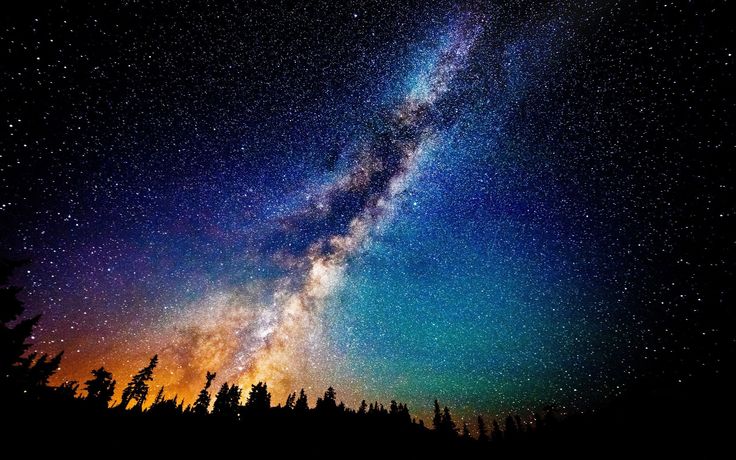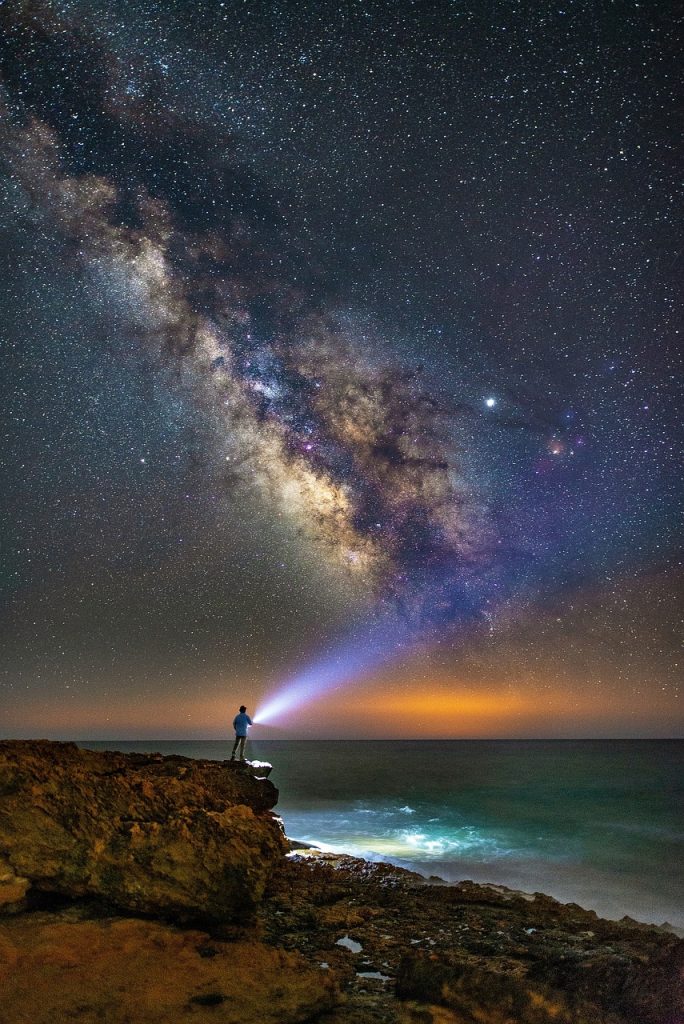The Milky Way Galaxy, a sprawling spiral galaxy, is home to our Solar System and countless other stars, planets, and celestial objects. Stretching across approximately 100,000 light-years, the Milky Way is a magnificent structure that has fascinated astronomers and scientists for centuries. This article delves into the key aspects of the Milky Way Galaxy, exploring its structure, components, and significance in the universe.

Structure and Composition
The Milky Way is classified as a barred spiral galaxy, characterized by its spiral arms extending from a central bar-shaped structure. Its overall structure includes several distinct components:
- Galactic Core: At the center of the Milky Way lies the galactic core, a densely packed region containing a supermassive black hole known as Sagittarius A*. This black hole has a mass of approximately 4 million times that of the Sun. The core is surrounded by a complex arrangement of stars, gas, and dust, contributing to the galaxy’s high density and dynamic environment.
- Spiral Arms: The Milky Way features several prominent spiral arms that radiate outward from the core. These arms are named the Perseus Arm, the Scutum-Centaurus Arm, the Carina-Sagittarius Arm, and the Orion Arm, the latter being where our Solar System resides. The spiral arms are regions of active star formation, containing vast clouds of gas and dust where new stars are born.
- Galactic Halo: Surrounding the spiral arms and core is the galactic halo, a spherical region of sparse stars, globular clusters, and dark matter. The halo extends beyond the visible disk of the galaxy and is crucial in understanding the Milky Way’s overall mass and structure.
- Galactic Disk: The Milky Way’s disk is a flat, rotating structure that contains the majority of the galaxy’s stars, including our Sun. It is characterized by its thin, dense star population and the presence of interstellar matter such as gas and dust.
Star Systems and Stellar Populations
The Milky Way Galaxy is home to a diverse range of star systems and stellar populations. Key components include:
- Main Sequence Stars: These are the most common type of stars in the galaxy, including stars like our Sun. They undergo nuclear fusion in their cores, converting hydrogen into helium and producing light and heat. Main sequence stars vary in size, temperature, and luminosity.
- Red Giants and Supergiants: These are older, evolved stars that have expanded and cooled, giving them a reddish appearance. Supergiants, such as Betelgeuse, are among the largest and most luminous stars in the galaxy.
- White Dwarfs: White dwarfs are the remnants of low to medium-mass stars that have exhausted their nuclear fuel. These dense, hot objects are the final evolutionary stage of stars like the Sun.
- Neutron Stars and Pulsars: Neutron stars are extremely dense remnants of supernova explosions. Some neutron stars are observed as pulsars, emitting regular pulses of radiation due to their rapid rotation and strong magnetic fields.

Galactic Dynamics and Evolution
The Milky Way is a dynamic and evolving galaxy. Its structure and composition are shaped by various processes, including:
- Star Formation: The Milky Way’s spiral arms are regions of active star formation. Clouds of interstellar gas and dust collapse under gravity, forming new stars and planetary systems. This ongoing process of star birth and death influences the galaxy’s structure and evolution.
- Galactic Rotation: The Milky Way rotates as a solid body, with stars and other objects orbiting the galactic core. The rotation affects the distribution of stars and matter within the galaxy and contributes to the formation of its spiral arms.
- Interactions with Other Galaxies: The Milky Way has a complex relationship with neighboring galaxies. It is part of the Local Group, a collection of more than 50 galaxies, including the Andromeda Galaxy (M31) and the Triangulum Galaxy (M33). The Milky Way and Andromeda are on a collision course and are expected to merge in about 4.5 billion years, forming a new galaxy known as Milkomeda or Andromeda-Milky Way.
Observational and Exploratory Advances
Advancements in observational technology have provided unprecedented insights into the Milky Way. Space telescopes, such as the Hubble Space Telescope and the Gaia satellite, have mapped the galaxy’s structure, measured the distances to various stars, and identified new celestial objects. The Gaia mission, in particular, has generated a highly detailed three-dimensional map of the Milky Way, revealing the positions and motions of over a billion stars.
The Milky Way’s Place in the Universe
The Milky Way Galaxy is part of the larger cosmic structure known as the universe. It is one of billions of galaxies, each containing its own stars, planetary systems, and cosmic phenomena. Understanding the Milky Way provides crucial insights into the formation, evolution, and dynamics of galaxies in general. It also offers a context for our place in the universe and the conditions that make life possible.

Conclusion
The Milky Way Galaxy, with its intricate structure and diverse components, represents a vast and dynamic cosmic environment. From its central core to its spiral arms and halo, the Milky Way is a testament to the complexity and beauty of the universe. As we continue to explore and study our galactic home, we gain a deeper understanding of the processes that shape galaxies and the broader universe. The Milky Way not only serves as a backdrop for our cosmic journey but also inspires curiosity and discovery as we seek to unravel the mysteries of the cosmos.